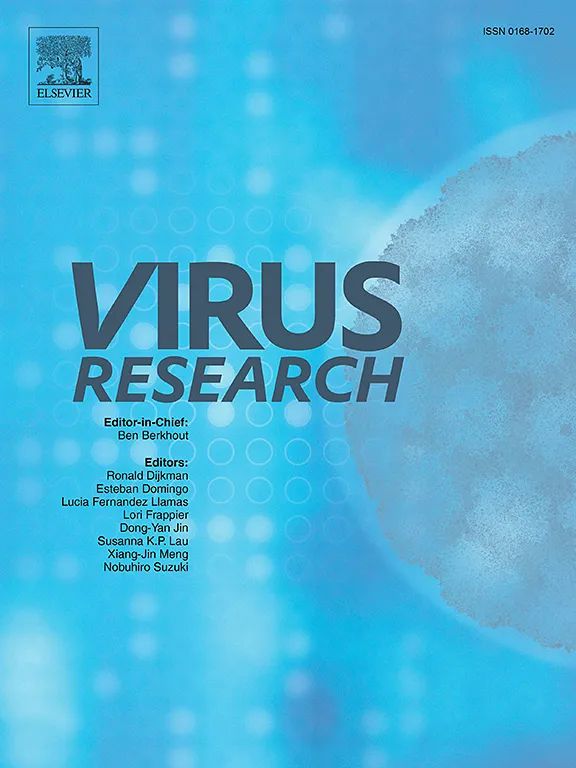拉沙病毒同义密码子使用偏差分析。
IF 2.7
4区 医学
Q3 VIROLOGY
引用次数: 0
摘要
拉沙病毒基因组由沙粒病毒属中的两个单链负义RNA片段组成。与拉沙病毒相关的疾病分布在世界各地,西非每年诊断出约300万至500万例感染。它对人类的健康有很高的风险。以往的研究使用进化时间尺度和适应性进化来描述拉沙病毒的种群格局。然而,目前尚不清楚拉沙病毒是如何利用同义密码子的。本研究通过计算和比较162株拉沙病毒的核苷酸含量、有效密码子数(ENC)、密码子适应指数(CAI)、相对同义密码子使用(RSCU)等,分析了其密码子使用偏差。结果表明,LASV菌株含有丰富的A/T。平均ENC值表明lasv的密码子使用偏差较低。c -图、中性图和宇称规则2图表明,除突变压力外,自然选择等因素也对密码子使用偏差有影响。这项研究具有重要意义,因为它描述了拉沙病毒基因组中密码子的使用模式,并为它们的基础进化研究提供了所需的信息。本文章由计算机程序翻译,如有差异,请以英文原文为准。
Analysis of synonymous codon usage bias of Lassa virus
Lassa virus genome consists of two single-stranded, negative-sense RNA segments that lie in the genus Arenavirus. The disease associated with the Lassa virus is distributed all over the world, with approximately 3,000,000–5,000,000 infections diagnosed annually in West Africa. It shows high health risks to the human being. Previous research used the evolutionary time scale and adaptive evolution to describe the Lassa virus population pattern. However, it is still unclear how the Lassa virus takes advantage of synonymous codons. In this study, we analyzed the codon usage bias in 162 Lassa virus strains by calculating and comparing the nucleotide contents, effective number of codons (ENC), codon adaptation index (CAI), relative synonymous codon usage (RSCU), and others. The results disclosed that LASV strains are rich in A/T. The average ENC value indicated a low codon usage bias in LASVs. The ENC-plot, neutrality plot and parity rule 2 plot demonstrated that, besides mutational pressure, other factors like natural selection also contributed to codon usage bias. This study is significant because it described the pattern of codon usage in the genomes of the Lassa viruses and provided the information needed for a fundamental evolutionary study of them.
求助全文
通过发布文献求助,成功后即可免费获取论文全文。
去求助
来源期刊

Virus research
医学-病毒学
CiteScore
9.50
自引率
2.00%
发文量
239
审稿时长
43 days
期刊介绍:
Virus Research provides a means of fast publication for original papers on fundamental research in virology. Contributions on new developments concerning virus structure, replication, pathogenesis and evolution are encouraged. These include reports describing virus morphology, the function and antigenic analysis of virus structural components, virus genome structure and expression, analysis on virus replication processes, virus evolution in connection with antiviral interventions, effects of viruses on their host cells, particularly on the immune system, and the pathogenesis of virus infections, including oncogene activation and transduction.
 求助内容:
求助内容: 应助结果提醒方式:
应助结果提醒方式:


